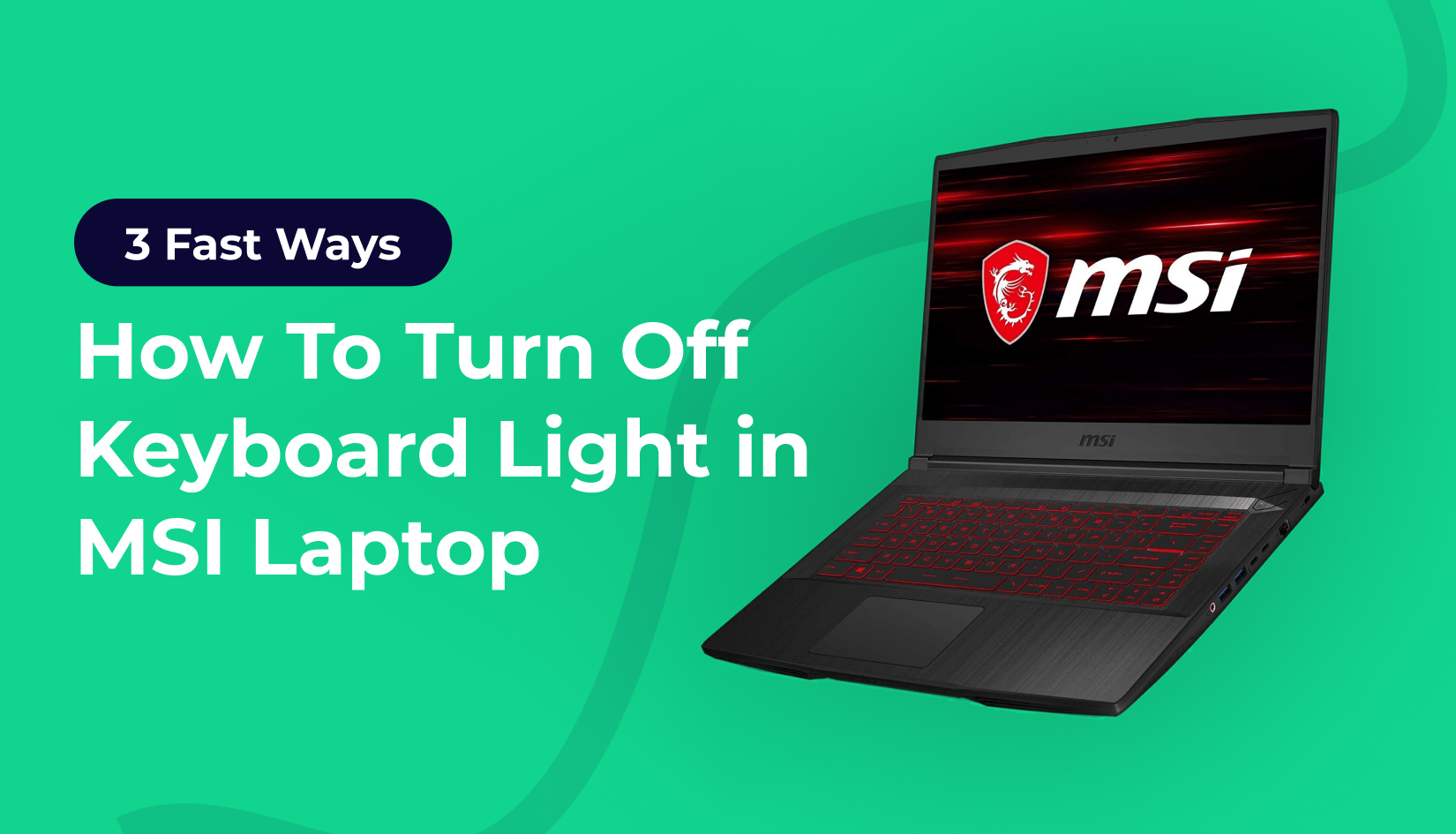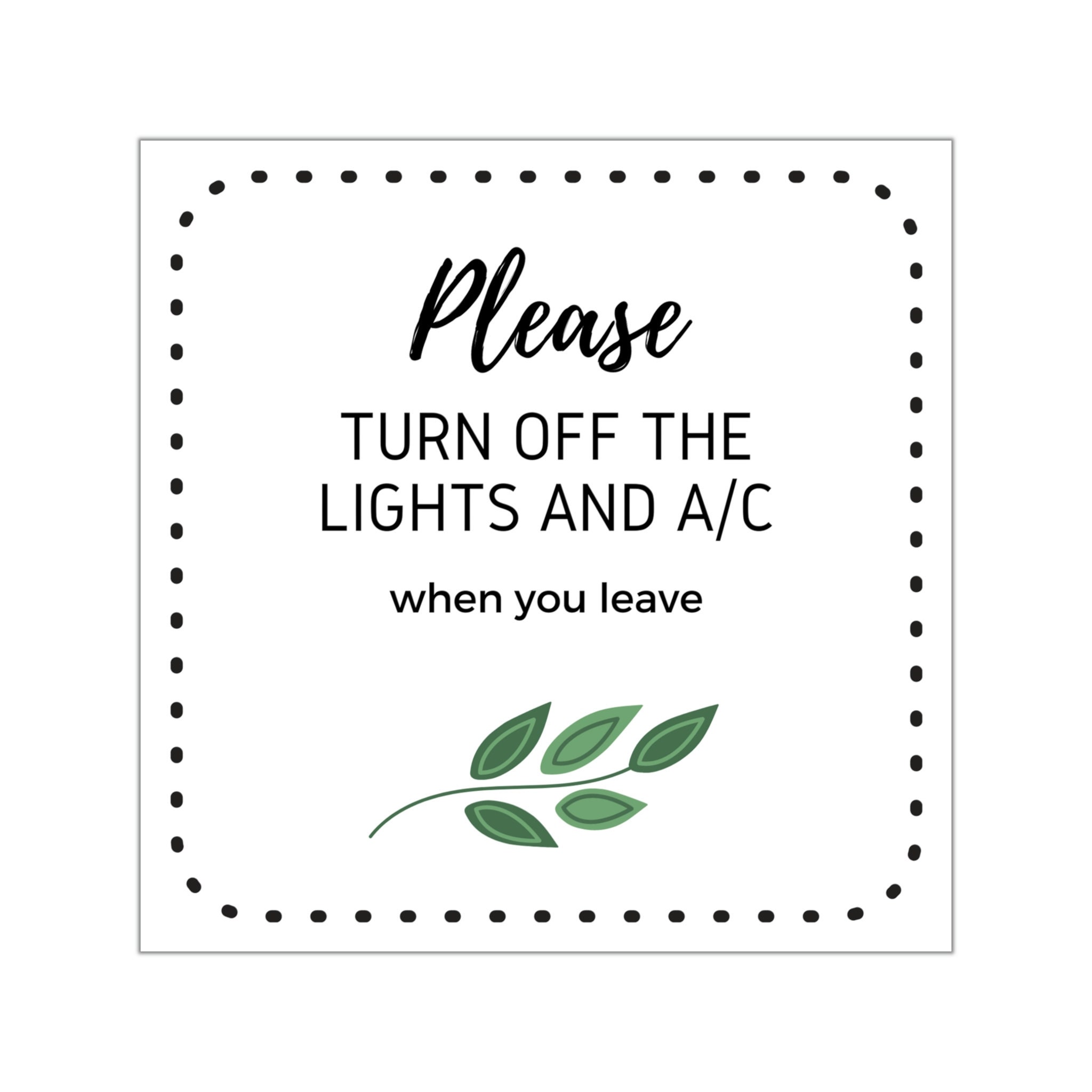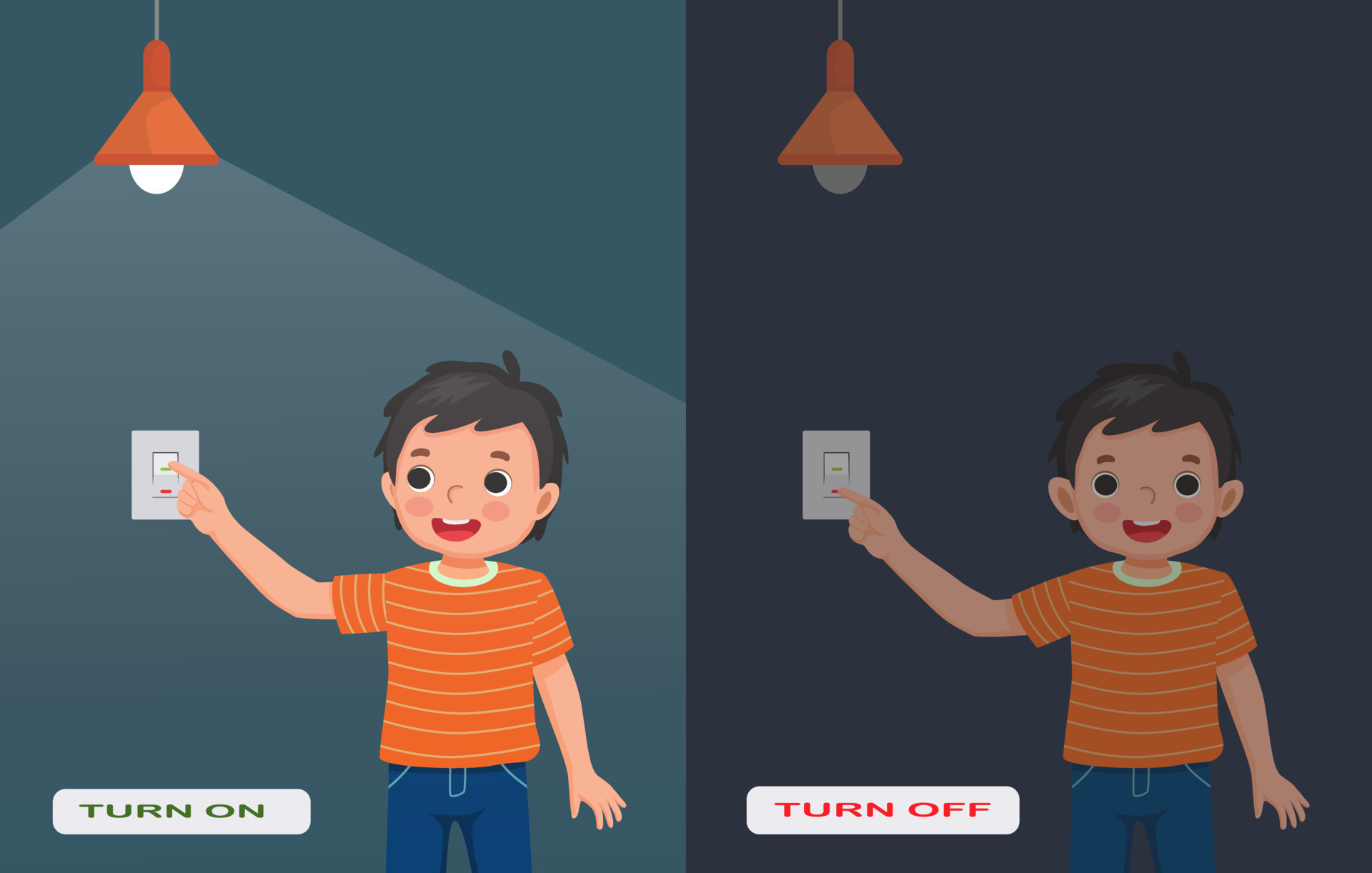Smart Home Automation: Turn Off Master Bedroom Light

Imagine a world where your home responds to your needs, anticipating your desires and making life easier. This is the promise of smart home automation, a technology that empowers you to control and manage your home environment with unparalleled ease and convenience.
Voice Assistants
Voice assistants, such as Alexa and Google Assistant, have revolutionized how we interact with our homes. These intelligent virtual assistants can be used to control various aspects of your home, including lighting. With a simple voice command, you can turn lights on or off, adjust their brightness, and even create custom lighting scenes. For example, you could say, “Alexa, turn on the living room lights,” or “Hey Google, set the bedroom lights to 50% brightness.”
Smart Home Hubs
Smart home hubs serve as the central control point for your smart home devices, acting as the bridge between your devices and your smartphone or voice assistant. Hubs like Hubitat and SmartThings can be integrated with various smart home devices, including light switches and bulbs. They allow you to create automated routines and schedules, such as turning on the porch light at dusk or dimming the bedroom lights at bedtime.
Mobile Apps
Many smart home devices come with dedicated mobile apps that provide remote control over your home’s lighting system. These apps allow you to turn lights on or off, adjust their brightness, and even set timers and schedules. Some apps even offer advanced features like geofencing, which automatically turns on lights when you arrive home or turns them off when you leave. For instance, the Philips Hue app lets you control your Hue smart bulbs from anywhere in the world, allowing you to adjust the lighting in your home even when you’re away.
Troubleshooting Common Issues

The inability to turn off your master bedroom light can be a frustrating experience, but it’s important to remember that most issues are easily resolvable. This section will guide you through common causes and their respective solutions.
Identifying Potential Reasons
A non-functional master bedroom light can stem from various factors.
- A faulty switch: A malfunctioning light switch might be preventing the light from turning off. This could be due to loose wires, a broken switch mechanism, or a short circuit.
- A blown bulb: The simplest explanation is a burned-out light bulb. This is easily identifiable by the absence of light even when the switch is turned on.
- Power outage: A power outage in your home can affect all electrical appliances, including your bedroom light. This is often a temporary issue, but it’s important to rule it out before investigating other possibilities.
Troubleshooting a Non-Functional Light Switch, Turn off master bedroom light
If your master bedroom light fails to turn off, the switch might be the culprit. Here’s how to troubleshoot it:
- Check for loose wires: A loose wire connection at the switch can interrupt the electrical flow, preventing the light from turning off. Carefully inspect the switch plate and the wires connected to it. Tighten any loose connections or replace the switch if necessary.
- Check the circuit breaker: A tripped circuit breaker can cut off power to the light fixture. Examine your electrical panel and reset any tripped breakers. If the light still doesn’t work, you may have a more serious electrical issue that requires professional attention.
Replacing a Burned-Out Light Bulb
Replacing a burned-out light bulb is a straightforward process:
- Turn off the power: Before attempting to change the bulb, always switch off the power to the fixture at the circuit breaker or switch. This ensures your safety and prevents accidental shocks.
- Remove the old bulb: Unscrew the old bulb by twisting it counterclockwise. Be careful not to touch the glass portion of the bulb, as this can leave fingerprints that may affect its performance.
- Install the new bulb: Screw in the new bulb by turning it clockwise until it’s securely in place. Ensure that the bulb’s wattage matches the fixture’s specifications to prevent overheating or damage.
- Turn on the power: Once the new bulb is installed, switch the power back on and test the light. If the light works, you’ve successfully replaced the bulb.
Energy Efficiency and Sleep Hygiene

Turning off lights in unused rooms is a simple yet effective way to contribute to energy conservation and reduce your environmental impact. By minimizing unnecessary energy consumption, we can collectively make a difference in combating climate change and preserving our planet’s resources.
Impact of Artificial Light on Sleep Quality
Artificial light, particularly blue light emitted from electronic devices, can disrupt our natural sleep-wake cycle, known as the circadian rhythm. Exposure to blue light in the evening can suppress the production of melatonin, a hormone essential for regulating sleep. This disruption can lead to difficulty falling asleep, lighter sleep, and reduced sleep quality.
- Create a Relaxing Bedtime Routine: Establish a consistent bedtime routine that signals your body it’s time to wind down. This routine might include taking a warm bath, reading a book, or listening to calming music, all in a dimly lit environment.
- Limit Screen Time Before Bed: Avoid using electronic devices for at least an hour before bedtime. The blue light emitted from screens can interfere with melatonin production and make it harder to fall asleep.
- Dim the Lights: Gradually dim the lights in your home as the evening progresses to signal your body that it’s time to prepare for sleep.
Energy Consumption of Different Light Bulbs
Light bulbs vary significantly in energy efficiency. Choosing energy-efficient bulbs can significantly reduce your electricity consumption and save you money on your energy bills.
| Type of Light Bulb | Energy Consumption (Watts) | Lifespan (Hours) |
|---|---|---|
| Incandescent | 60-100 | 750-1,000 |
| Halogen | 50-75 | 2,000-3,000 |
| CFL (Compact Fluorescent Lamp) | 13-23 | 8,000-10,000 |
| LED (Light Emitting Diode) | 7-15 | 25,000-50,000 |
Turn off master bedroom light – The master bedroom light flickers, a silent invitation to surrender to the night. But before you succumb, let your gaze linger on the cool elegance of your surroundings, a haven of turquoise black and grey bedroom hues. The quiet darkness that follows is a promise of restful sleep, a sanctuary for dreams painted in the colors of your waking world.
As you turn off the master bedroom light, the room takes on a different dimension. The soft glow from the bedside lamp casts shadows that dance across the walls, highlighting the textures and colours of your space. A grey accent chair for bedroom tucked in the corner adds a touch of elegance, inviting you to curl up with a good book.
With the lights dimmed, the room becomes a haven of peace and tranquility, a sanctuary where you can unwind and recharge for the day ahead.
